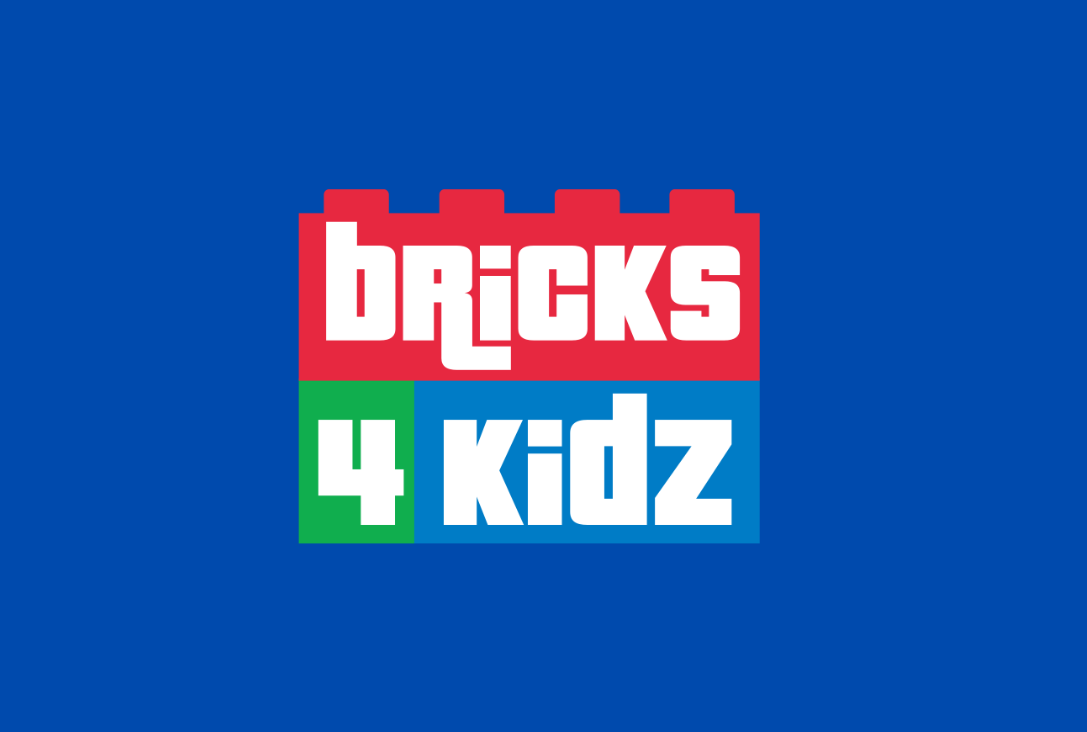The concept of franchising is one of the most popular ways to start a business, offering aspiring entrepreneurs the opportunity to own and operate a business under an established brand. Whether you’re considering buying into a fast-food chain, a gym, or a retail operation, understanding how a franchise works is essential to making an informed decision. In this article, we’ll break down the franchise business model and explore the key components that make it successful for both franchisors and franchisees.
What is a Franchise?
A franchise is a business model in which a franchisee (the person who buys the franchise) is granted the right to operate a business using the branding, systems, and support of a franchisor (the company that owns the franchise). In essence, franchising allows entrepreneurs to own and operate a business with an established brand, proven operational methods, and ongoing corporate support.
The franchisor is the original business owner or company that has developed a successful product or service and is looking to expand by allowing others to operate under their brand name. In return, franchisees benefit from the franchisor’s established reputation, marketing, and operational expertise, reducing many of the risks associated with starting a business from scratch.
Key Players in a Franchise System
- Franchisor: The franchisor is the parent company or brand that owns the rights to the business model, trademarks, and intellectual property. The franchisor is responsible for developing the franchise system, providing support, training, and marketing assistance, and ensuring brand consistency across all locations.
- Franchisee: The franchisee is the individual or entity that purchases the right to operate a franchise. They invest their own capital to open and run a franchise unit according to the franchisor’s guidelines. Franchisees are responsible for the day-to-day operations of their business, including staffing, inventory management, and customer service, while adhering to the franchisor’s established system and brand standards.
- Franchise Agreement: The franchise agreement is the legal contract that outlines the terms and conditions of the franchise relationship. It covers the rights and responsibilities of both parties, including the duration of the franchise, the franchisee’s obligations, the fees involved, and the territory in which the franchisee can operate.
How a Franchise Works
When you purchase a franchise, you are essentially buying into an existing business system. The franchise model typically operates through a set of standardized processes that help franchisees replicate the success of the original business. Here’s how the process works from both the franchisor’s and franchisee’s perspective:
1. Initial Investment and Franchise Fee
The first step in acquiring a franchise is paying the initial investment, which typically includes a franchise fee and other startup costs. The franchise fee is a one-time payment to the franchisor for the right to use their brand name, intellectual property, and business systems. This fee varies depending on the franchise and can range from a few thousand to hundreds of thousands of dollars.
In addition to the franchise fee, franchisees must also cover other expenses such as real estate, equipment, inventory, and marketing. These costs can vary widely depending on the type of franchise and the location chosen.
2. Franchise Training and Support
Once a franchisee signs the franchise agreement and makes the initial investment, the franchisor provides comprehensive training and support. Training typically covers all aspects of running the business, including operations, customer service, inventory management, marketing, and financial management.
Many franchisors also offer ongoing support in the form of marketing campaigns, business consulting, technology systems, and supply chain management. This support helps franchisees navigate the challenges of running a business, ensuring they can maintain the franchise’s standards and grow their operations successfully.
3. Operating the Franchise
Once the franchisee has completed their training and set up their business, they begin operating the franchise according to the franchisor’s guidelines. The franchisee is required to follow the franchisor’s proven business model, which may include standardized processes, product offerings, and customer service protocols.
This structure ensures that the customer experience is consistent across all franchise locations, which is crucial for maintaining the integrity of the brand. Franchisees benefit from this established system, as it reduces the trial-and-error phase typically associated with starting a new business. Since the franchise is already a known brand, the franchisee can take advantage of the franchisor’s marketing, advertising, and reputation.
4. Ongoing Fees and Royalties
In addition to the initial franchise fee, franchisees are required to pay ongoing royalties to the franchisor. These royalties are typically calculated as a percentage of the franchise’s revenue, usually ranging from 4% to 12%. This ongoing fee ensures the franchisor continues to provide support, research and development, and brand marketing.
Franchisees may also be required to contribute to a national or regional advertising fund that helps promote the brand across a larger market. These contributions ensure that the franchise maintains a strong market presence and brand awareness, which benefits all franchisees.
5. Brand Consistency
One of the key advantages of owning a franchise is the ability to operate under an established brand with a proven track record. Franchisees must adhere to strict guidelines set by the franchisor to maintain brand consistency. This includes everything from store layout and signage to the products or services offered and the level of customer service.
Maintaining consistency across all locations ensures that customers have the same experience, no matter which franchise they visit. This consistency is vital for building brand loyalty and trust with customers.
6. Exit Strategy and Renewal
At the end of the franchise agreement’s term, the franchisee has the option to renew the contract, provided they meet the necessary conditions. Renewal terms may include a franchise fee, updating equipment or store locations, and maintaining the brand’s standards.
If a franchisee decides to exit the business, they may be able to sell their franchise to another individual. The franchisor typically has first rights to approve or deny the sale, ensuring that the new franchisee aligns with the brand’s values and business model.
Advantages and Disadvantages of Franchising
Advantages:
- Proven Business Model: Franchisees benefit from a business model that has already been tested and refined by the franchisor.
- Brand Recognition: Operating under a well-established brand can attract customers more easily than starting a business from scratch.
- Support and Training: Franchisors provide comprehensive support and training to ensure franchisees are set up for success.
- Lower Risk: Since the franchise model is proven, the risk of failure is often lower than starting an independent business.
Disadvantages:
- Limited Control: Franchisees must operate within the franchisor’s guidelines, which may limit creativity or flexibility.
- Ongoing Fees: Franchisees must pay royalties and other fees, which can reduce profitability.
- Initial Investment: The upfront costs for purchasing a franchise can be high, which may be a barrier for some entrepreneurs.
Conclusion
Franchising offers a unique opportunity for entrepreneurs to own a business with the support and guidance of an established brand. The franchise model works by providing franchisees with the rights to operate a business under a proven system, supported by ongoing training, marketing, and operational assistance. While the franchise business model offers many advantages, it also comes with certain restrictions and costs that need to be carefully considered. By understanding how franchising works, prospective franchisees can make more informed decisions and set themselves up for long-term success in their business endeavors.









